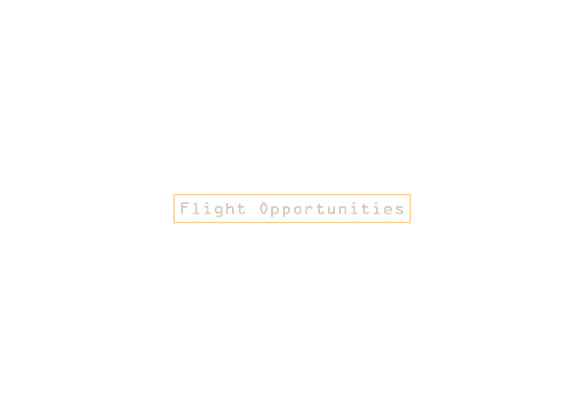A-LiST - (Automated LiDAR Scanning Topography)
PI: Sarah Lain, Peter Jorgensen (Co-I), University of South Florida - Institute of Applied Engineering
PI: Sarah Lain, Peter Jorgensen (Co-I), University of South Florida - Institute of Applied Engineering

- NA
To further explore dark and shadowed regions on the Moon, a solution is needed for landing payloads under these challenging lighting conditions and in areas with steep terrain. Smaller, lighter weight hazard detection systems will enable safe descents in lunar ice-bearing regions. The A-LiST sensor combines multiple commercially available light detection and ranging (lidar) sensor heads to collect point data across multiple perspectives simultaneously. Combined with a customizable mounting fixture, the A-LiST sensor is designed to achieve 10-centimeter point resolution across a 250-meter diameter target area from an altitude of at least 250 meters. A-LiST then synthesizes the point clouds, which represent shapes or objects in 3D, to create a single high-resolution topographical map for hazard detection, safe landing site selection, and terminal navigation.
Flights tests are expected to provide data for validating sensor performance and verifying simulation and modeling tools. These steps are critical to raise the technology readiness level of the sensor in preparation for safely launching it into space and landing on the Moon. The flight tests are expected to provide further evidence of the durability of the sensor and confirm applicability of the technology for use in other space exploration missions as well as in other industries.
• NASA or commercial space exploration missions • Commercial lunar service providers
Technology Details
-
Selection DateTechLeap22
-
Program StatusActive
- 0 sRLV
Development Team
-
PISarah Lain
-
PI OrganizationUniversity of South Florida - Institute of Applied Engineering
-
Co-IPeter Jorgensen
-
Co-I OrganizationUniversity of South Florida - Institute of Applied Engineering
-
Sponsor

